
Strength Training
Lifting weights or training with resistance doesn’t just build muscle, it reinforces the tissues that carry you through long miles. Stronger muscles, tendons, and connective tissue improve efficiency, reduce injury risk, and help you maintain form when fatigue hits. For years, endurance athletes treated strength training as optional but research and real-world results say the opposite: strength work is essential. Whether you want a faster 10K, a stronger back for long hikes, or pain-free longevity in your sport, strength training belongs in your weekly routine.
#1: Functional Strength for Real Life
Strength training builds the muscles that support everything else you do. Whether you're lifting groceries, sprinting to catch a train, or just trying to stand tall without pain, resistance training lays the foundation. Movements like squats, deadlifts, and presses train your body to move more efficiently and with greater control. It’s not about maxing out a barbell — it’s about making your everyday movements feel lighter and easier.
#2: Injury Prevention and Joint Support
If running is the miles, strength training is the maintenance. Strong muscles act like armor for your joints, protecting them from wear and tear. Training muscles around the knees, hips, shoulders, and spine creates balance, stability, and control. This reduces your risk of sprains, tears, and chronic aches, especially if you're logging serious mileage or doing high-rep movement.
#3: Improved Bone Density
Just like muscle, bone gets stronger when it’s challenged. Lifting weights stimulates the cells that build bone mass, which helps prevent fractures and age-related bone loss. Weight-bearing strength exercises (squats, lunges, loaded carries) are some of the best ways to maintain skeletal health as you age.
And if the idea of tripping and snapping in half like a dry breadstick haunts your dreams — strength training’s got your back. Literally.
#4: Enhanced Metabolism and Body Composition
Muscle burns more calories than fat — even at rest. By building lean muscle, you raise your resting metabolic rate, which helps with long-term weight management. You don’t need to chase six-pack abs, but the shift in body composition can reduce visceral fat, increase insulin sensitivity, and improve your energy levels across the board.
#5: Better Posture and Movement Mechanics
A strong body moves better. Strength training reinforces the muscles that keep you upright, aligned, and efficient. You’ll find it easier to sit, stand, walk, and run without slouching or compensating with poor movement patterns. This adds up to fewer aches and more grace in your stride, squat, and stretch.
#1: Stress Relief and Nervous System Reset
Like running, strength training reduces cortisol and triggers the release of endorphins. The added bonus? It demands your full attention. There’s no multitasking under a barbell. Strength work creates a flow state — focused effort, deliberate breathing, presence in the moment. That mental break from the world? It’s priceless.
And if you’ve ever rage-lifted a pair of dumbbells after a terrible meeting or break-up, you already know: strength training gives your emotions somewhere to go besides back inside.
#2: Confidence and Self-Efficacy
There’s something deeply satisfying about getting stronger. Seeing yourself lift heavier, move more cleanly, or do a pull-up for the first time shifts your inner story. Strength training builds physical power but it also changes how you see yourself. If you grew up unathletic (raises hand), strength training can be a complete rewrite of the narrative. Through each session you're proving to yourself that you're adaptable and tough.
#3: Cognitive Clarity and Mental Resilience
Lifting isn’t a mindless meathead activity. It requires focus, coordination, and learning. The mental stimulation from practicing form and tracking progress can sharpen your cognition. Like yoga or running, strength training becomes a moving meditation over time. Plus, research shows strength work can improve memory and brain health, especially as we age.
#4: Discipline and Structure
Strength training thrives on repetition, tracking, and steady effort. It's not glamorous, but it gives you rhythm. Knowing you're squatting on Monday and pressing on Thursday gives shape to your week. It teaches patience, consistency, and how to build something meaningful, one rep at a time.
Before I trained consistently, I didn’t really believe in delayed gratification. But watching strength accumulate over weeks and months helped me rewire how I think about time. Not everything needs to be fast to be rewarding.
#5: Complements and Enhances Other Practices
This is the secret sauce of strength training: it makes you better at everything else. You’ll hold your yoga poses longer, run more efficiently, recover faster, and feel more capable in the rest of your training. It's the missing link in a lot of programs, especially for endurance folks who think they don’t "need" it.
Should I use weights or stick to bodyweight exercises?
The answer depends on your goals, experience, and how you want to train. Both approaches build strength, boost performance, and support your endurance goals—but they do it in different ways.
Bodyweight Training: Strength You Can Take Anywhere
Bodyweight workouts use your own mass as resistance, e.g. push-ups, squats, lunges, pull-ups, and planks. They’re easy to do at home or outside, require no equipment, and teach you to control your body through space. That makes them ideal for beginners, frequent travelers, or anyone who wants to build a strong foundation.
They’re also surprisingly effective. Done right, bodyweight circuits can increase muscular endurance, core stability, and joint integrity—all essential for long-distance running and injury prevention.
Pros: Accessible, joint-friendly, scalable
Limitations: Harder to progressively overload, especially for lower body
Weight Training: Power, Progression, and Precision
Lifting weights, whether dumbbells, barbells, kettlebells, or machines, allows for more precise control over resistance and progression. This is crucial for building raw strength, especially in major muscle groups like your glutes, hamstrings, back, and shoulders.
Weighted exercises help correct muscular imbalances, increase bone density, and improve your power output so you can sprint faster, climb hills stronger, and recover more efficiently. They also make it easier to track your progress over time.
Pros: Progressive overload, builds power and durability
Limitations: Requires equipment, more technical skill
Which One’s Better?
There’s no need to pick a side. The best strength training programs blend both. Start with bodyweight to master form and movement patterns, then layer in weights to build more strength and resilience.
If you're just getting started, bodyweight training is a great way to begin. If you’ve got a base and want to level up, adding weights will take your performance to the next level.
Once you’re ready to add resistance beyond your bodyweight, it helps to know what gear is actually useful. Here’s a quick rundown of essential strength training tools, especially for endurance athletes who want results without building a home gym fortress.
1. Dumbbells
Simple, versatile, and easy to scale. You can use them for almost any movement—presses, rows, lunges, curls, squats. Ideal for building balanced strength and correcting imbalances between sides.
Start light (10–20 lbs per hand) and focus on control before going heavy.
2. Kettlebells
Great for dynamic movements like swings, goblet squats, and Turkish get-ups. They improve grip strength, core control, and explosive power—especially useful for trail runners and athletes needing full-body coordination.
A 12kg (26 lb) bell is a solid entry point for most beginners.
3. Resistance Bands
Incredible for warm-ups, mobility drills, and adding challenge without weights. Use them for glute bridges, lateral walks, shoulder openers, or to assist in bodyweight movements like pull-ups.
Mini loop bands are great for legs; longer bands are better for rows and pull-up support.
4. Pull-Up Bar
A simple doorframe pull-up bar or wall-mounted option opens up a world of upper-body training. Pull-ups, chin-ups, and hanging core work all build strength in ways that complement running and posture.
If pull-ups are too tough, start with band assistance or negatives (lowering slowly).
5. A Bench or Box
Helpful for step-ups, Bulgarian split squats, box squats, and dips. Doesn’t need to be fancy—a sturdy box, ledge, or park bench can work in a pinch.
Bonus: Gym Machines
Machines like the leg press or lat pulldown can be helpful if you're new to weights or rehabbing an injury. They isolate muscles and reduce the need for balance or form control—but don’t neglect free weights for long-term function and coordination.
Whether you're at home with a couple of dumbbells or in a gym with full access, the tools above can build a complete, effective strength plan. You don’t need everything—just a few of the right things, used consistently and intentionally.
Getting started with strength training doesn’t have to be complicated. The key is consistency, smart progressions, and choosing movements that build real-world strength.
Below are two beginner-friendly routines: one bodyweight-based and one using basic equipment. You can rotate between them or stick with one for a few weeks before progressing.
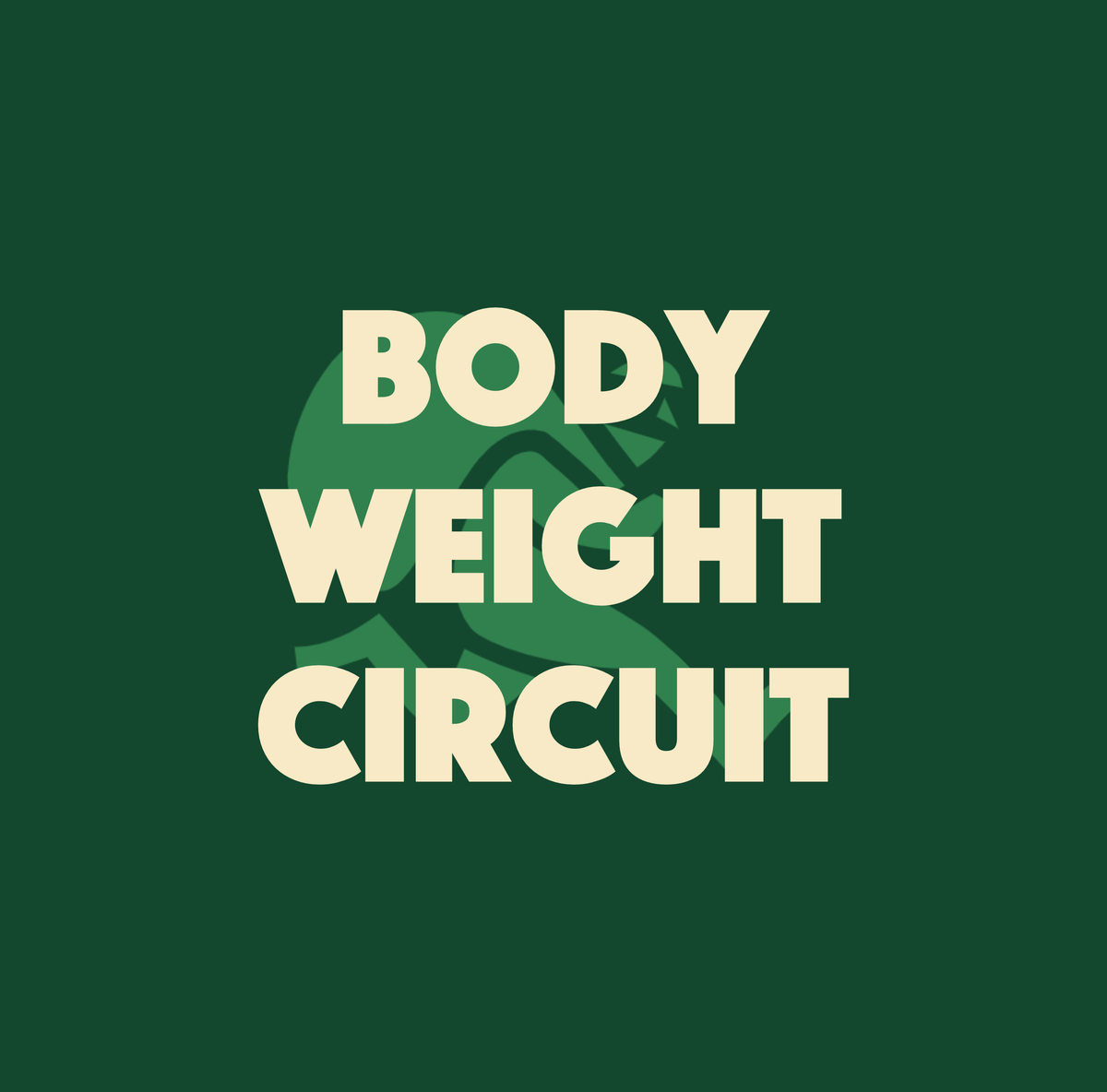

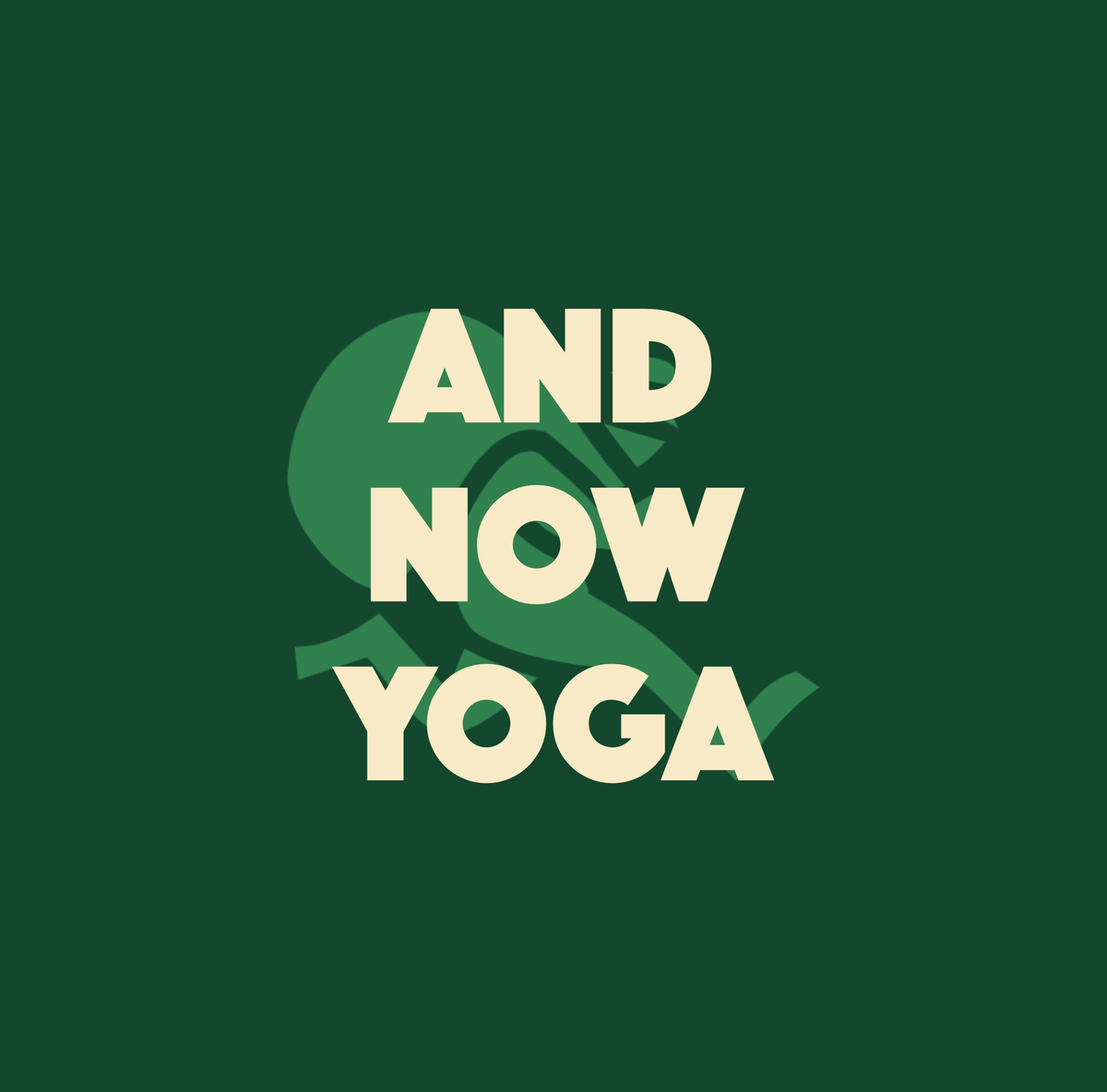


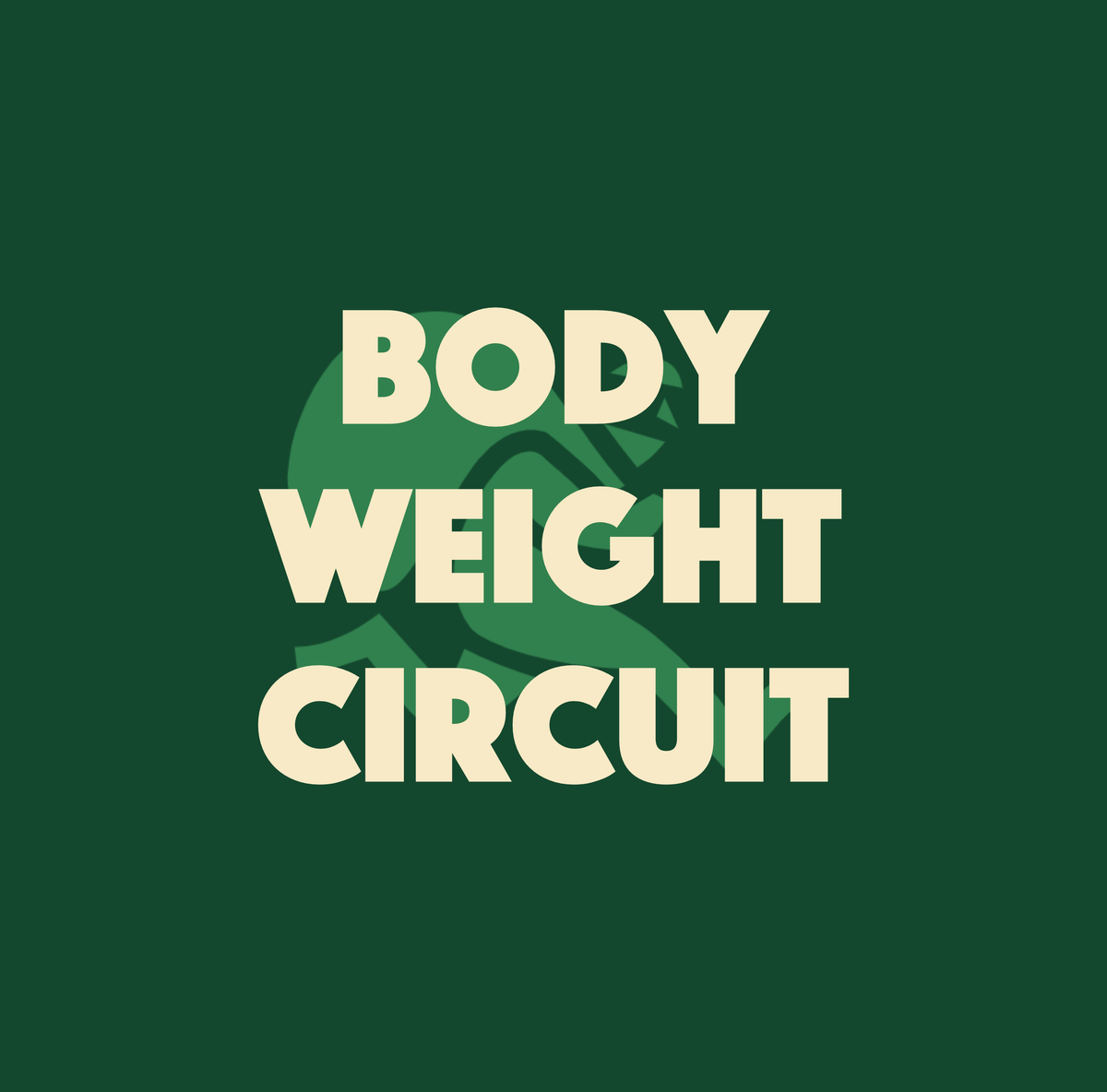

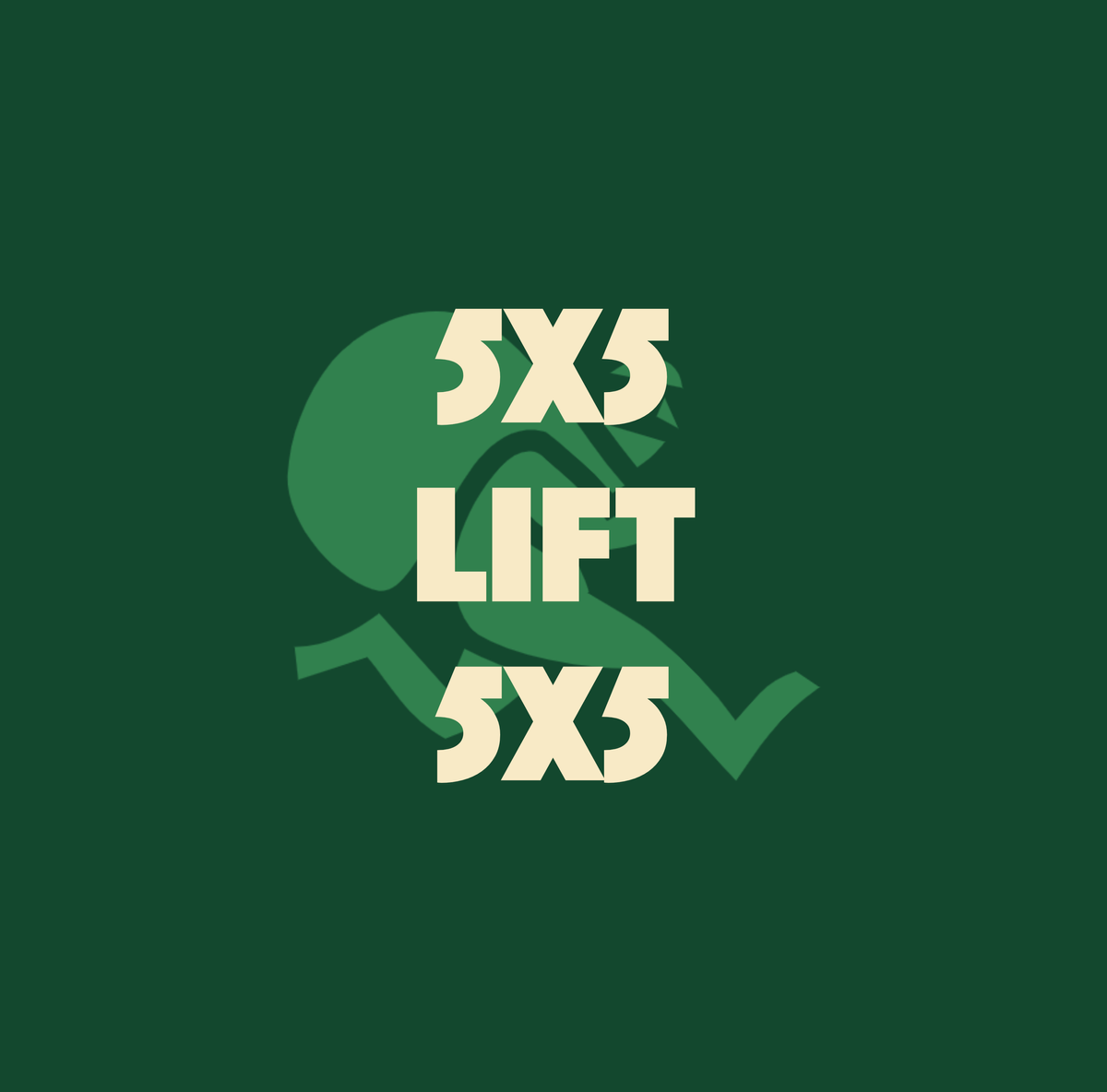
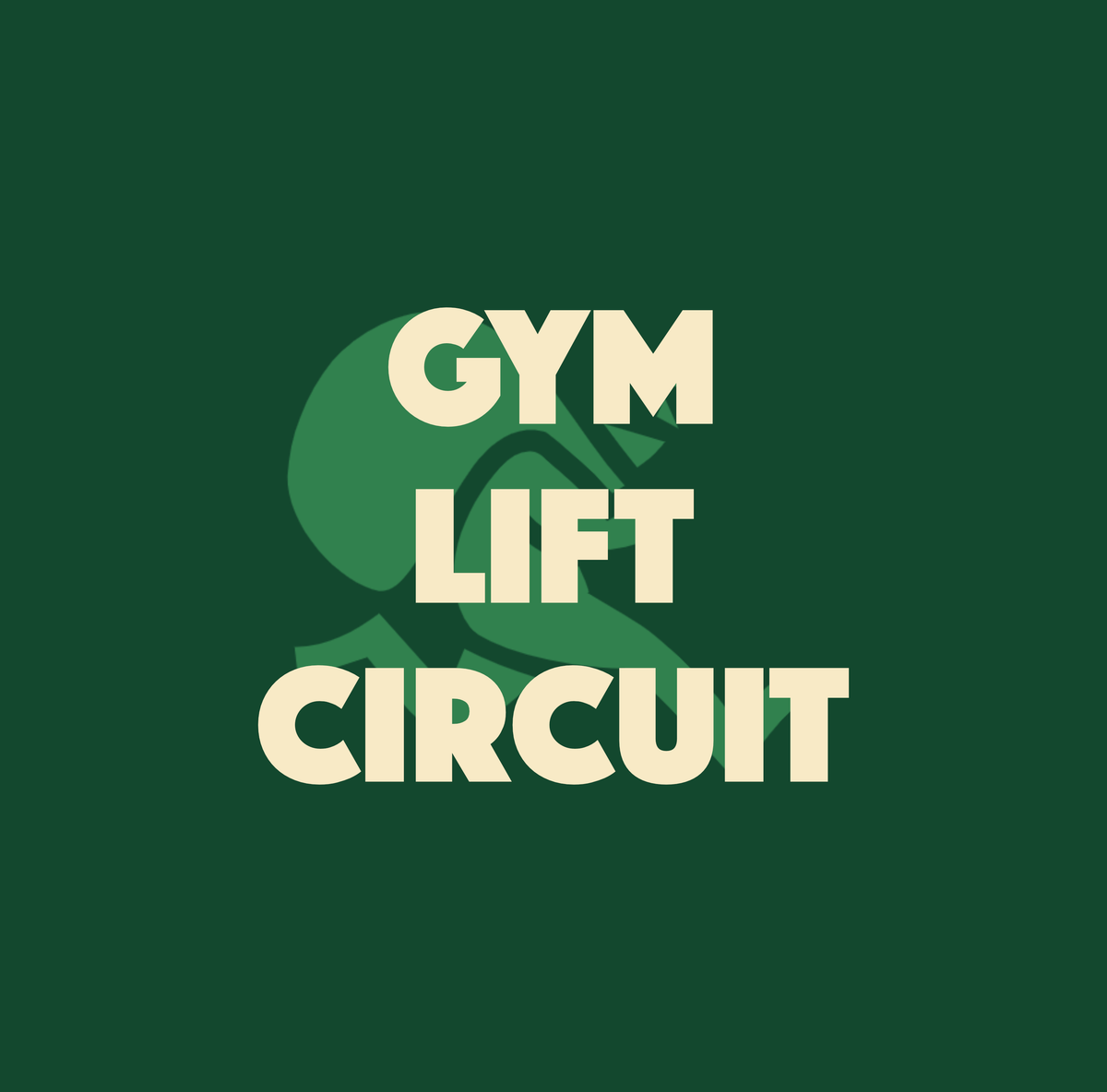

Subscribe to get updates on new content, merch and more from Sendō.
Check out some Research: our free collection of training plans, workout guides, nutrient-dense grocery lists, pace calculators, and other tools to support your quest.
Browse the Online Shop for apparel, accessories and training books to equip yourself for the path ahead.
Have a tip, story, or idea? It could end up in a future post. Email me anytime with questions, thoughts, or even confessions — we're all in this together.










